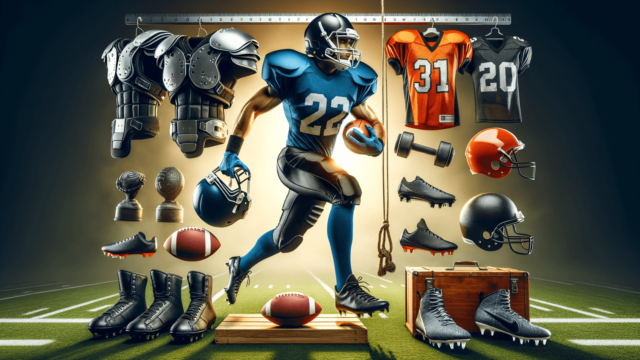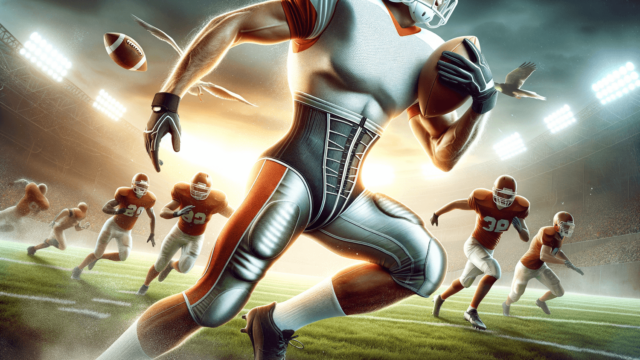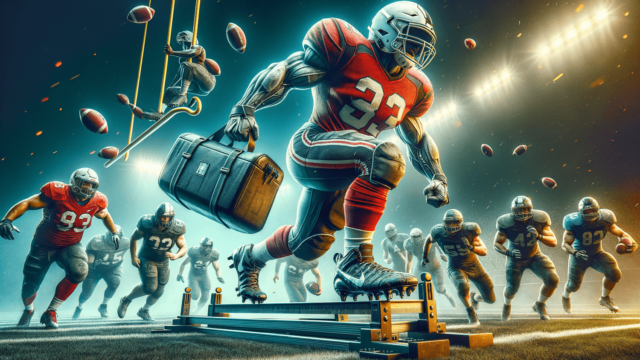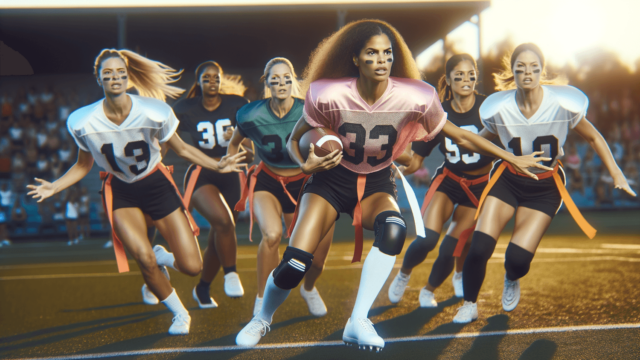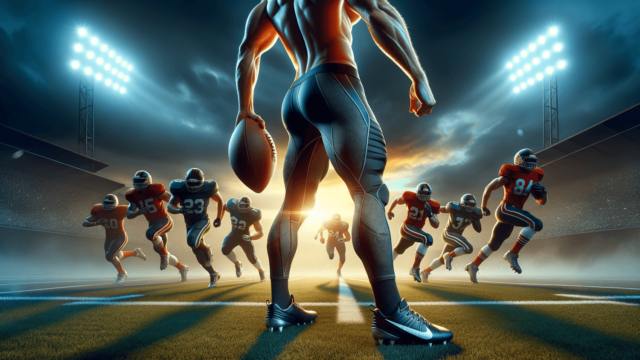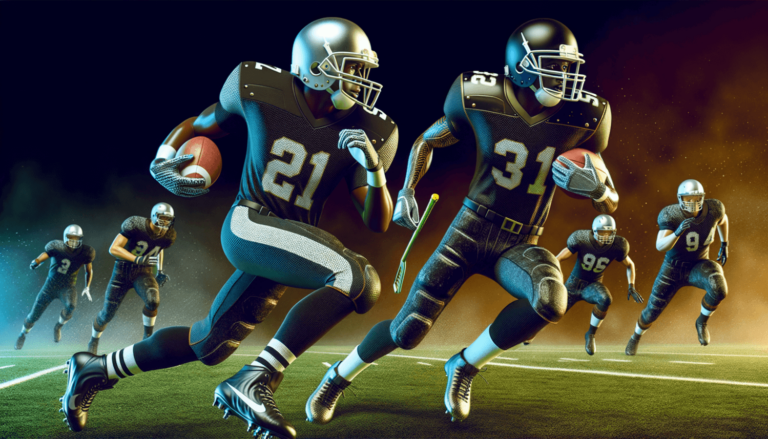
Yes, football players wear cups as a protective measure for their groin area, since football is a high-contact sport, and the risk of injury is significant. However, some players may choose not to wear a cup based on personal comfort or their specific position on the field.
Why Do Football Players Need Cups?
Football is a highly physical, contact sport where players are prone to injuries, including those to the groin area. The primary purpose of wearing a cup is to offer protection for the male players’ sensitive reproductive organs during impacts and collisions on the field.
The Importance of Wearing a Cup
It is crucial to wear a cup because it can prevent significant injuries that could potentially lead to long-term consequences such as chronic pain or even infertility. Additionally, the level of protection and comfort offered by a well-fitting cup can help players focus on their game rather than worrying about potential injuries.
When to Wear a Cup
There isn’t a universal rule stating that every player must wear a cup, and the choice might largely depend on the individual’s body type, position, and personal preferences. However, certain positions are at a higher risk of sustaining groin injuries and can benefit from wearing a cup, such as:
- Goalkeepers, due to the increased risk of collision or being struck by the ball while diving for saves.
- Defenders, as they often face one-on-one challenges and interceptions that might result in inadvertent impacts to the groin.
- Midfielders, since they are engaged in constant duels with the opposing team’s players throughout the match.
Alternatives to Traditional Cups
Some players may find that traditional cups are uncomfortable or restrictive, which can negatively affect their performance. In these instances, players can explore other protective options that cater to their specific requirements:
- Compression shorts with cup pockets, which provide the benefits of a cup and maintain a snug, secure fit.
- Slide shorts with built-in cup pockets, offering the protection of a cup while minimizing the risk of it shifting during play.
Female Football Players and Protective Gear
While the discussion surrounding cups usually pertains to male players, female football players also wear protective gear to prevent injuries. Female players frequently use pelvic protectors or pelvic guards, which are designed specifically to protect the sensitive pelvic area and organs.
How to Choose the Right Cup
Optimal protection and comfort are crucial when selecting a cup. Factors to consider when choosing the perfect cup include:
- Size: Cup sizes vary, usually based on age, waist size, or body measurements. Ensure it fits snugly but not too tight.
- Material: Cups may be made of hard plastic, metal, or foam. Harder materials offer more protection, while foam provides more comfort.
- Type: Traditional cups are held in place with a jockstrap, while compression shorts or slide shorts have built-in cup pockets. Choose the one most comfortable and efficient for your needs.
Maintaining Hygiene and Cup Care
Since football is an intense sport, players tend to sweat a lot, making it essential to maintain proper hygiene and care for your protective equipment:
- Always clean the cup after every match or practice session. Use mild soap and water, and allow it to air dry.
- Check for any wear or damage. If the cup shows signs of wear or cracking, replace it immediately to ensure continuous protection.
- For compression or slide shorts, wash them regularly according to their care instructions to maintain optimum hygiene.
FAQ Section: Protective Gear in Football
For a deeper understanding of football players wearing protective cups, we have compiled a list of frequently asked questions to provide additional clarity and information on the subject.
Do all professional football players wear cups?
Not every professional football player wears a cup. While it’s recommended, it ultimately depends on individual preferences, the level of comfort, and the player’s specific position on the field. Some players might find that alternative protective measures, like compression shorts, work better for their needs.
Are cups mandatory for youth football players?
Protective cups are not universally mandated for youth football players. However, since younger players are more susceptible to injuries, they are often highly encouraged or required by local leagues or clubs. It’s essential to consult the specific rules and regulations of the league or club to determine if cups are mandatory.
Do female football players wear cups?
Female football players generally don’t wear cups since these are designed specifically for male ana. Instead, they use pelvic protectors or guards, which are designed to shield their pelvic area and sensitive organs from injuries.
What other protective gear do football players use?
Besides cups and pelvic protectors, football players often wear additional protective gear, such as shin guards, mouthguards, and padded helmets (primarily for goalkeepers). These protective measures minimize the risk of injuries in various vulnerable body regions during football games and practice sessions.
How often should protective cups be replaced?
Protective cups should be replaced as soon as they show signs of wear, damage, or a decrease in protection. Regular inspection and proper maintenance can help to extend the life of a protective cup, but it’s vital to prioritize safety and replace the cup when necessary.
Featured Posts
- No pillar pages found.

